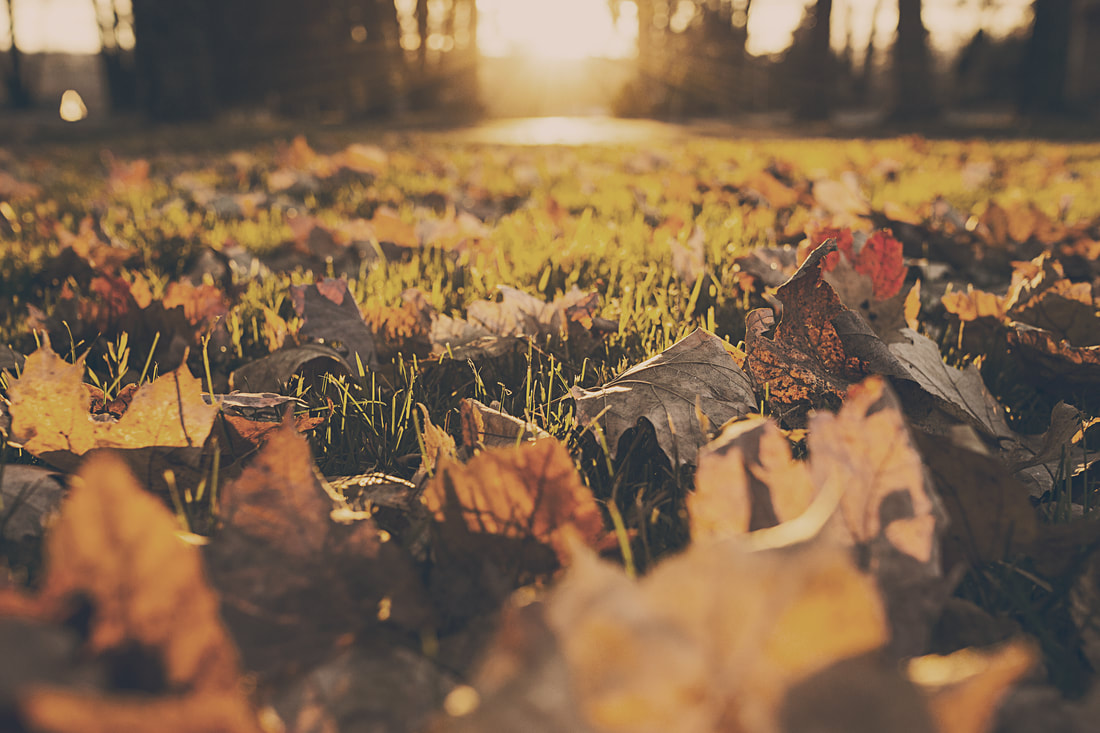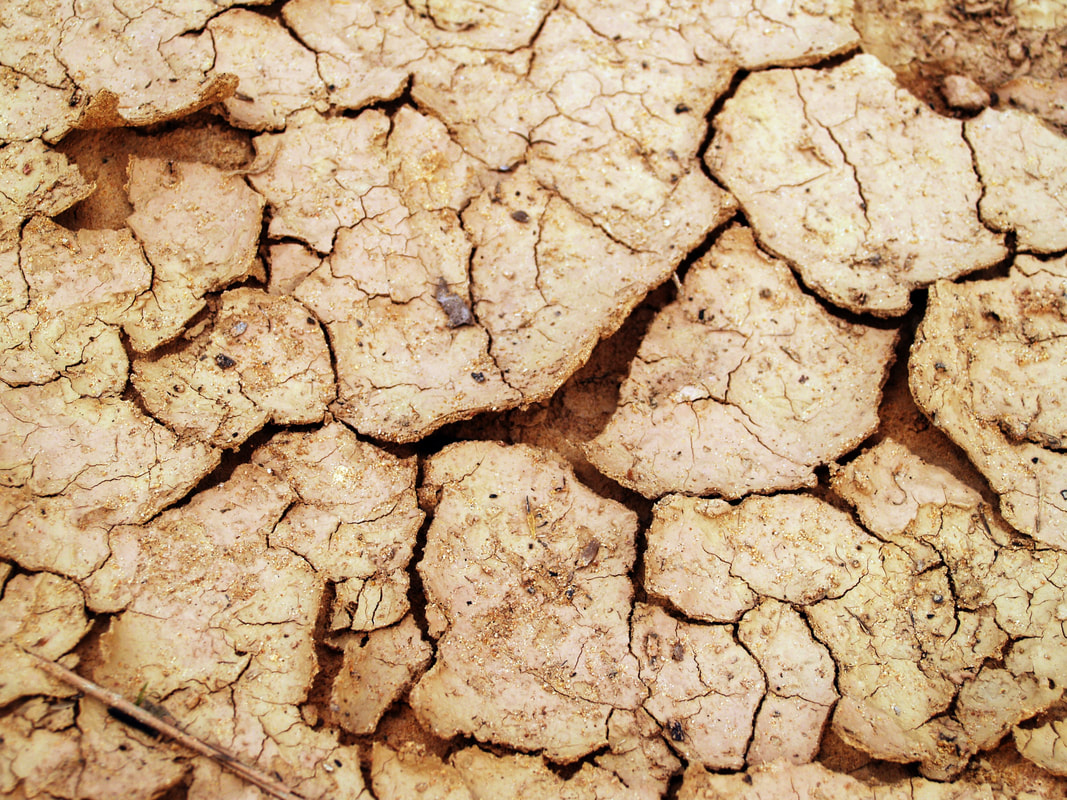|
We compiled the ultimate organic lawn care service guide to help you with your lawn and landscaping. This guide is yours absolutely FREE. It is up to date to the most recent science concerning sustainable lawn and landscape management to support healthy plants, soil, and clean environment. This guide has been updated for 2019.
THE ULTIMATE FREE ORGANIC BEST PRACTICES LAWN CARE SERVICE GUIDE
GENERAL GUIDE: Water infrequently. Check soil nutrients regularly. Fertilize accordingly. Sharpen blades everytime you mow. January: This is the best time to do landscaping work! February:
March: (turn on sprinklers!)
April:
May: Ask us for your FREE SOIL TEST before spreading organic lawn fertilizers & spraying with AACT. Why? You may not need fertilization this month! Do not over-fertilize. Movable nutrients from fertilizers of any kind will simply leach into our natural rivers and lakes. June: Deep watering begins & set mowing height to 4”. You will increase your chances of getting weeds if you mow any lower. July:
August: Summer cleanup: prune shrubs & trees; clean plant beds. September:
October: Fall cleanup: prune shrubs & trees; clean plant beds. November: Reapply organic lawn fertilizer & AACT treatment as needed. If it's a hot winter, apply corn gluten fertilizer to prevent seeds from rooting. December:
SOME TECHNICAL INFORMATION FOR FREE ORGANIC BEST PRACTICES GUIDE a. Spread organic corn gluten fertilizer at a rate of up to 20 lbs./1,000 sq. ft. for coverage against weeds; water immediately. b. Spread GP organic lawn fertilizer at a rate of 12.8 lbs./1,000 sq. ft.; 25.6 lbs./1,000 sq. ft. if overseeding. c. Use organic tree fertilizer in a 1” x 12” hole spaced 2’ apart along drip line at a rate of 5 lbs./trunk-diameter-inch; for shrubs, 5 lbs./100 sq.ft. or 1 lb./shrub root area. d. AACT: bacteria dominant for lawn; fungal dominant for trees/shrubs. Contact us for FREE GUIDANCE.
6 Comments
Top 3 Pro Tips for a Natural Green Lawn in Spring by Lawn Care Specialists in Southpark Meadows1/18/2018 Experienced gardeners know that just right before Spring is the right time to prepare for the growing season. Much like growing crops, lawns in Southpark Meadows require the same amount of preparation and care. It is not hard, but it simply takes time. Because it is vital that we get it right at the beginning of the year, we have compiled from our lawn care specialists the top 3 pro tips for a natural green lawn in Spring. Top Pro Tip #1: Aerate the LawnIf getting a natural green lawn in Spring is your goal, then an aeration service as soon as the grass starts growing must be at the top of your list. This paves the way to expanding the root zone. Aeration shatters the soil to encourage root penetration, water infiltration, and air exploration. According to Penn State University, College of Agricultural Sciences, "Mechanical aeration provides an excellent, and probably the only, means of correcting or alleviating soil compaction which may be quite serious on many lawn areas." The idea of free movement within the soil naturally results in what we call an aerobic condition. On the contrary, blocked soil pores due to compaction which restricts the natural flow of water and air, similar to what we see in swamps, floodplains, and wetlands, is called an anaerobic condition. Both conditions have their role in nature. What we want to have, however, is a deeper root zone for our lawn. The deeper the root growth is, the healthier our lawn will be. As roots burrow more deeply into the soil, they gain more access to water reserves and immovable nutrients that the lawn needs. This promotes more germination of grass which in turn creates a lusher, thicker, and a naturally greener lawn.
Top Pro Tip #2: Mow The Leaves and All Plant Clippings Back Into The LawnMowing the leaves, grass clippings, and brush clippings back into the soil will help in getting a natural green lawn in Spring. All these "unwanted" trash is really just misunderstood organic matter. By adding all the organic plant matter back to the lawn, we are creating soils with a high organic matter content that encourages biological activity. As biological creatures in the soil tunnels through, we are naturally preventing anaerobic conditions. This is similar to aeration, only that it is done as nature intended. The lawn then will have better chances of naturally recovering from temporary soil compaction. This practice also lessens the amount of organic trash we throw away at landfills; thereby, lessening our carbon footprint in Southpark Meadows, and saving you money.
Top Pro Tip #3: Fix Bare Lawn SpotsBecause it rains almost every other week in Southpark Meadows during this time of the year, Spring is arguably the best time to fix all the bare spots on your lawn. Of course, you may do this anytime in the year with professional help. But if we are talking about the easiest time to do this in Southpark Meadows, it is right now, during Spring. Fixing the bare spots by laying seeds or sods and reconditioning the soil becomes very easy because you no longer have to worry about the summer heat. During Summer, lawn care specialists need to observe if seeds are getting too dry or if sods are showing signs of heat stress. This kind of baby sitting is eliminated by the more frequent rain and generally favorable weather conditions in Spring. Best of all, rain water from thunderstorms naturally adds a fresh amount of Nitrogen back into the soil that helps with germination and rooting. Unlike synthetic fertilizers,nitrogen and other nutrients from rain water will not burn the lawn because they are slowly broken down by microorganisms naturally found in the soil.
|
Call or Text |


